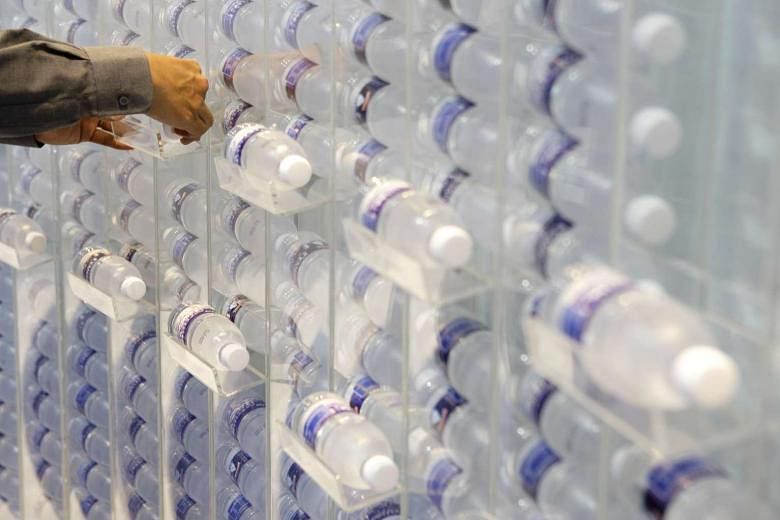This article was first published on Aug 5, 2015, and updated on June 26, 2018.
Malaysian Prime Minister Mahathir Mohamad criticised the price of raw water sold to Singapore as "ridiculous" on Monday (June 25), and said he planned to renegotiate the pact's terms. In separate interviews with Channel NewsAsia and Bloomberg Television, Tun Dr Mahathir revived the water price issue which was a recurring source of tension between both countries, especially during the later half of his previous term as prime minister from 1981 to 2003.
While Malaysia has been an important source of water for Singapore, the country has been investing in research and development to create alternative sources of water over the years. So where does Singapore get the estimated 400 million gallons a day that it consumes?
According to the national water agency PUB, Singapore had just two water sources 50 years ago. Today, there are four, and the water supply can be divided into "four national taps": local catchment water, imported water, NEWater and desalinated water.
Local catchment water
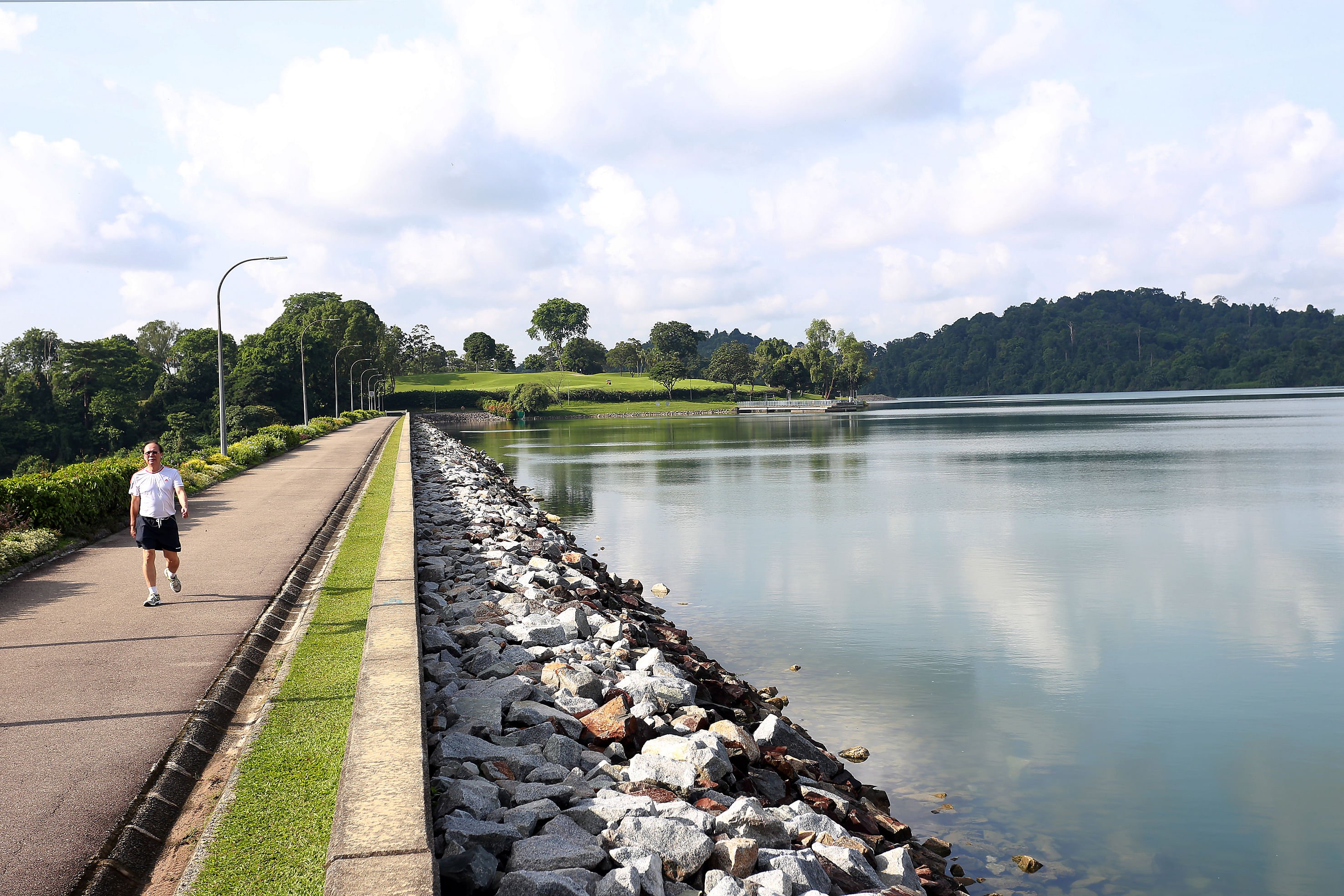
Local catchment water, which relies on rainwater, is a pillar of Singapore's sustainable water supply. Since 2011, the water catchment area has been increased from half to two-thirds of Singapore's land surface with the completion of the Marina, Punggol and Serangoon Reservoirs. The Marina Reservoir, the island's most urbanised catchment, can meet about 10 per cent of Singapore's water needs.
Imported water
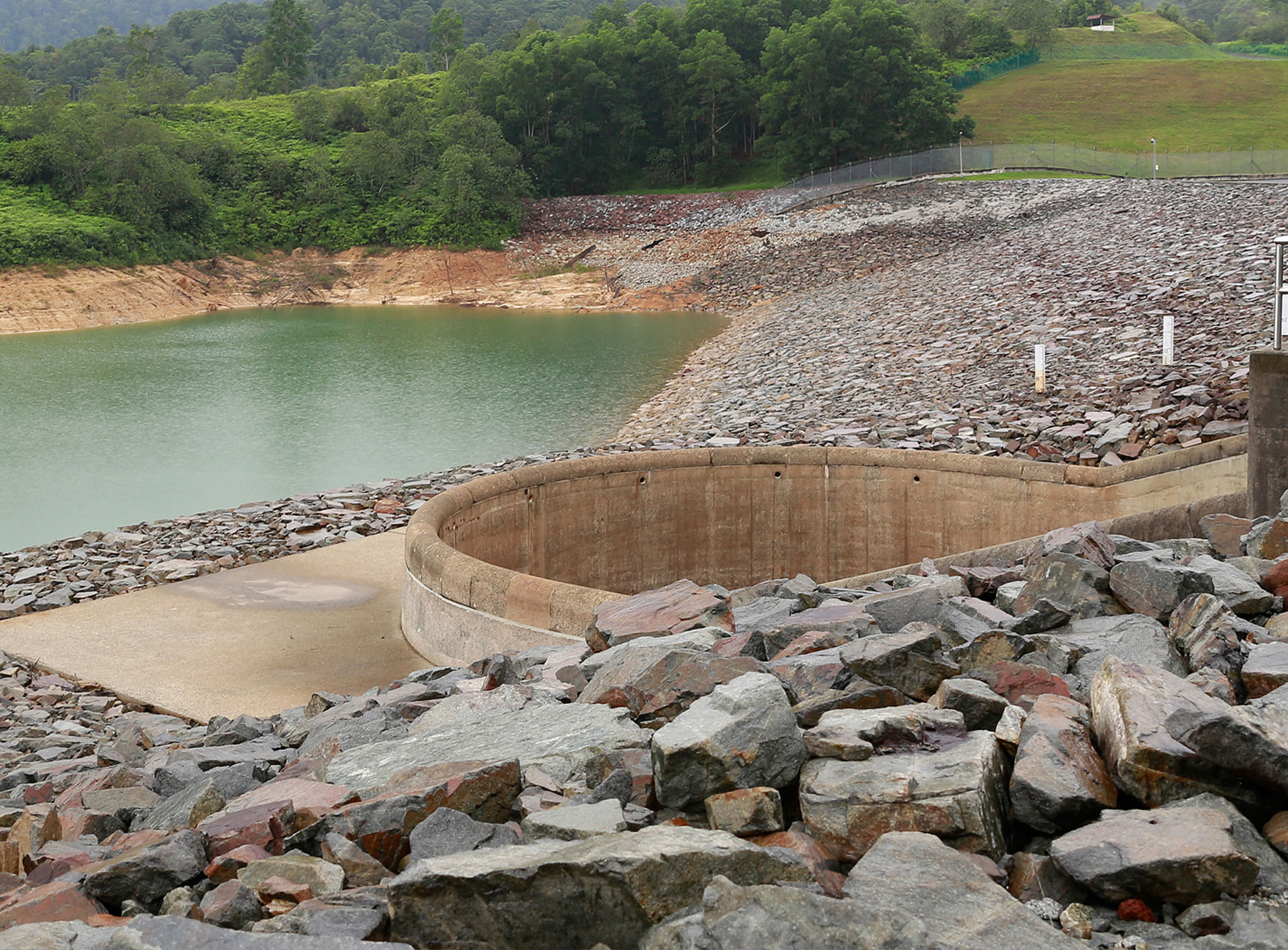
Singapore has been importing water from Johor, under two bilateral agreements. The first agreement was officially signed on October 1961 and expired in August 2011. The second agreement was signed on September 1962 and will expire in 2061. A maximum of 250 million gallons of water a day can be drawn from the Johor River under the agreement. Imported water can supply up to 60 per cent of Singapore's water needs.
NEWater
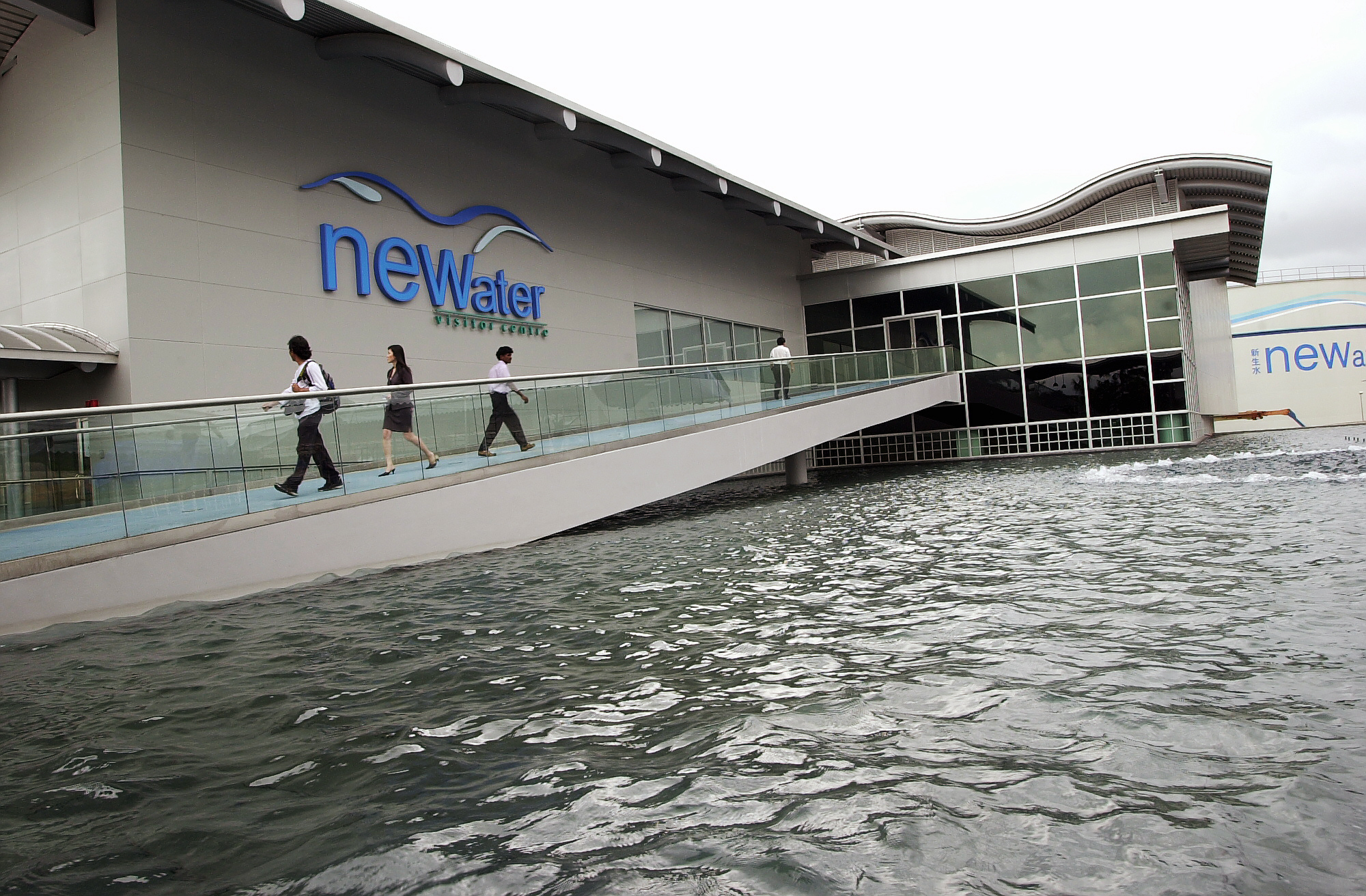
NEWater is high-grade reclaimed water produced from treated used water that is further purified using advanced membrane technologies and ultra-violet disinfection, making it clean and safe to drink. Singapore's four NEWater plants can meet up to 30 per cent of the nation's current water needs.
Desalinated Water
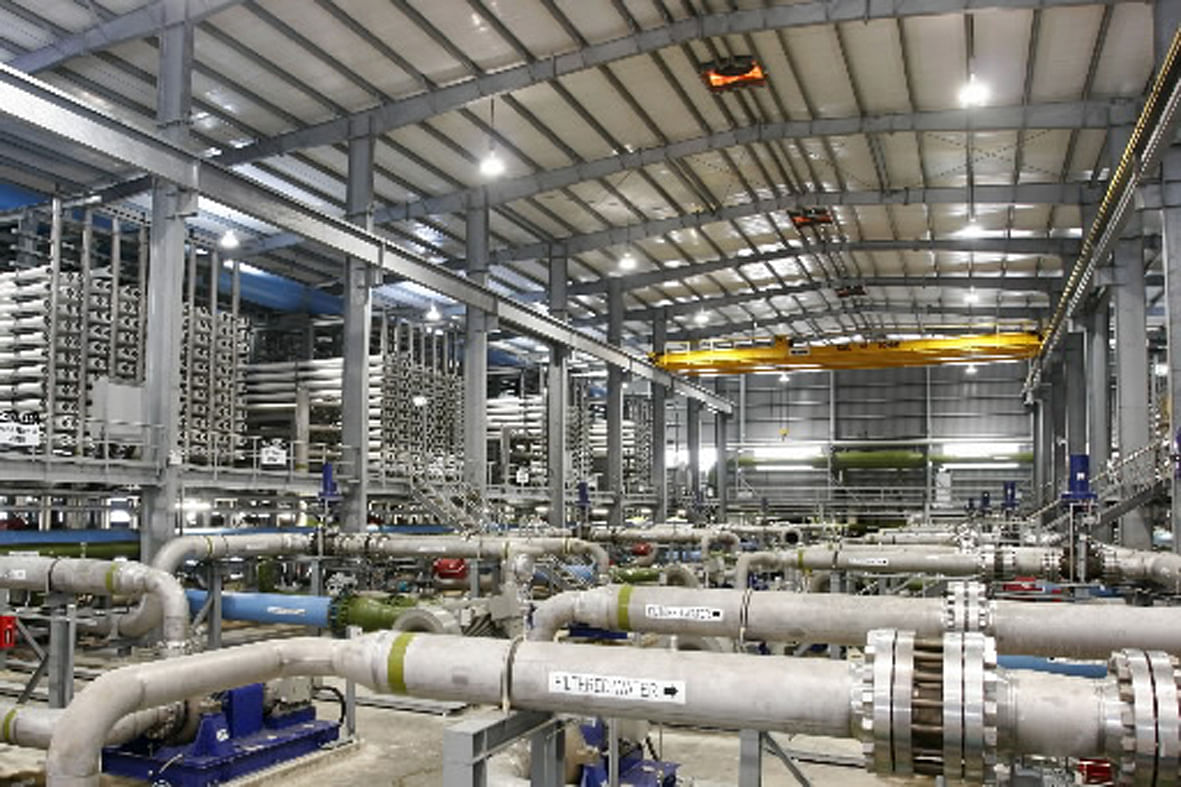
Singapore opened its first desalination plant in September 2005, SingSpring Desalination Plant, in Tuas. This was one of Asia's largest seawater reverse-osmosis plants, which produces 30 million gallons of water a day to meet about 10 per cent of Singapore's water needs. A second and larger desalination plant with a capacity of 70 million gallons of water a day, the Tuaspring Desalination Plant, in Tuas as well, opened in September 2013. Desalinated water, with a total capacity of 100 million gallons of water a day, from two plants can meet up to 25 per cent of Singapore's current water demand.
